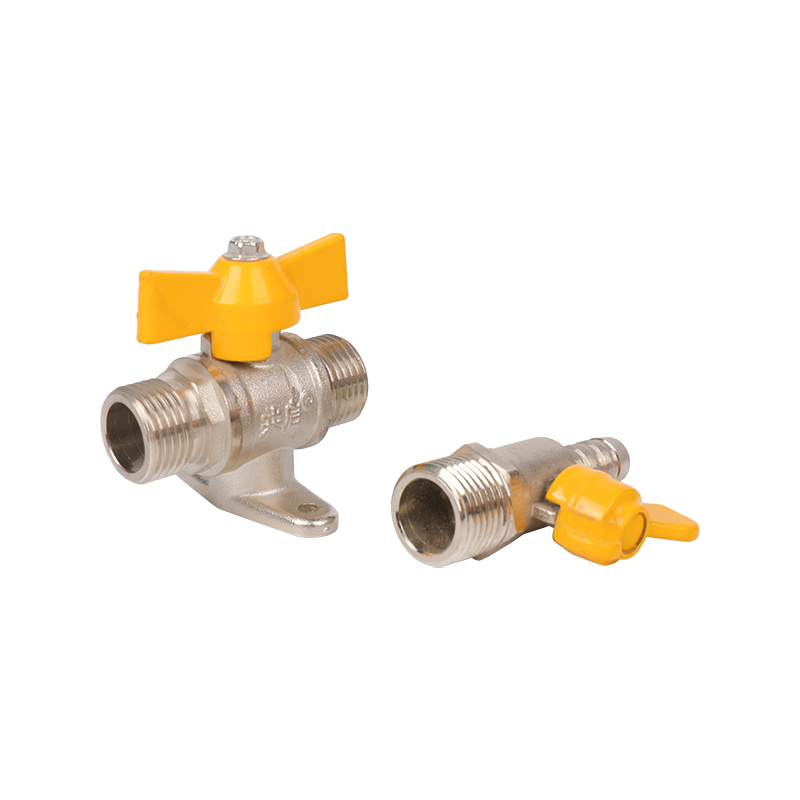Are there any specific installation requirements or considerations for hydraulic needle valves?
Author:admin Date:2023-06-19
Yes, there are specific installation requirements and considerations to keep in mind when installing hydraulic needle valves. Here are some important factors to consider:
1.Compatibility: Ensure that the hydraulic needle valve you are installing is compatible with the hydraulic system and components you are working with. Check the valve's specifications, including pressure ratings, temperature limits, and fluid compatibility, to ensure it matches the requirements of the system.
2.Proper Orientation: Install the hydraulic needle valve in the correct orientation as indicated by the manufacturer. Pay attention to the flow direction arrow or markings on the valve body and ensure it aligns with the flow direction in the system.
3.Tightening Torque: Use the specified tightening torque when installing the hydraulic needle valve. Over-tightening can damage the valve or its connections, while under-tightening can lead to leaks or improper functioning. Follow the manufacturer's instructions or guidelines for the recommended torque values.
4.Cleanliness: Ensure the installation area is clean and free from dirt, debris, or contaminants that can potentially enter the hydraulic system. Contamination can cause valve malfunctions or damage downstream components. Use appropriate cleaning techniques and materials, such as lint-free cloths and approved cleaning solvents, if necessary.
5.Sealing and Thread Sealant: Apply appropriate sealing techniques and thread sealants, such as thread tape or thread sealant compounds, to prevent leakage at the threaded connections. Follow the manufacturer's recommendations for the compatible sealant and proper application method.
6.Proper Support and Alignment: Provide adequate support and alignment for the hydraulic needle valve during installation. Improper support can place excessive stress on the valve and its connections, leading to leaks or failure. Use mounting brackets or clamps as required to ensure proper alignment and support.
7.System Pressure Relief: Before installation, make sure the hydraulic system is depressurized or that pressure is safely relieved. This minimizes the risk of injury and allows for a safer and more effective installation process.
8.Testing and Inspection: After installation, perform thorough testing and inspection to ensure proper operation and to check for any leaks or abnormalities. Follow established procedures and guidelines to verify the functionality and integrity of the hydraulic system.
It is crucial to consult the specific instructions provided by the manufacturer of the hydraulic needle valve for precise installation requirements and considerations. Following these guidelines helps ensure a proper and secure installation, minimizing the risk of leaks, damage, or compromised system performance.
Valve

Hydraulic needle valves are valves that use a small, pointed needle to regulate the flow of fluids in a hydraulic system. They are often used to control the flow of high-pressure fluids in applications such as hydraulic machinery, oil rigs, and aircraft landing gear systems.
Needle valves have a long, narrow stem with a pointed tip that fits into a seat in the valve body. As the stem is turned, the pointed tip opens or closes the flow of fluid through the valve. The valve's flow can be finely adjusted by turning the stem, which allows for precise control of the fluid flow.
Hydraulic needle valves are typically made from materials such as stainless steel, brass, or aluminum, and are designed to withstand high pressures and temperatures. They are commonly used in applications where a small, precise flow of fluid is needed, such as in the control of hydraulic cylinders or actuators.
There are several types of hydraulic needle valves, including standard needle valves, adjustable-stem needle valves, and manifold-mounted needle valves. Each type is designed for specific applications and has its own unique features and benefits.
It is important to select the appropriate needle valve for your specific application to ensure proper function and to prevent damage to the valve or other components in the system. It is also important to follow the manufacturer's instructions for installation, maintenance, and repair to ensure the valve is operating correctly and safely.


 English
English Deutsch
Deutsch











